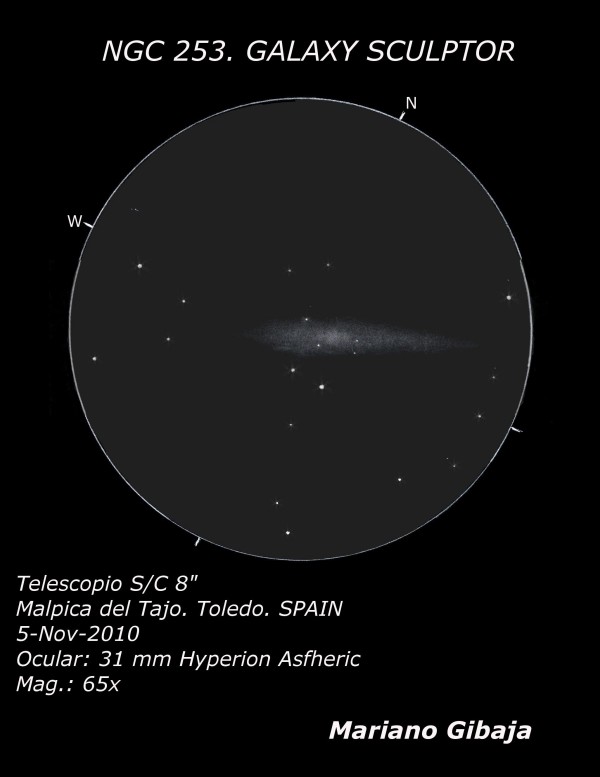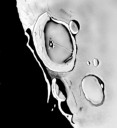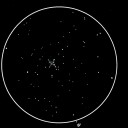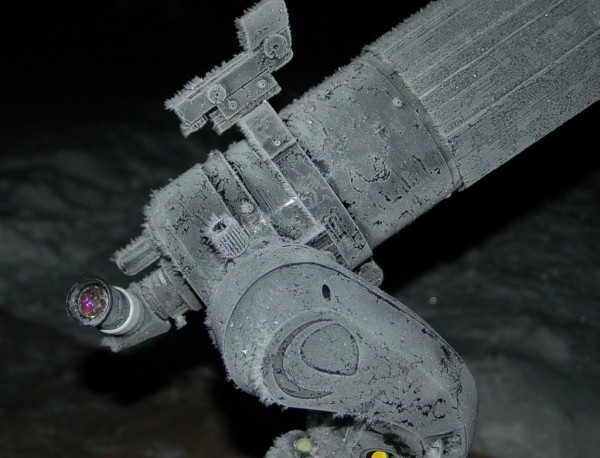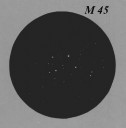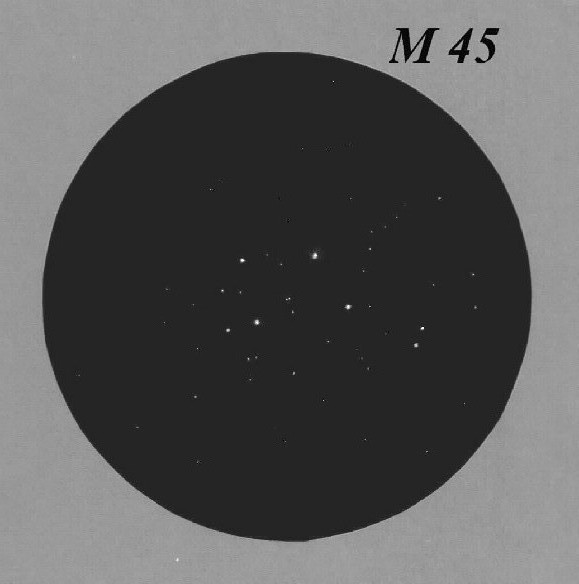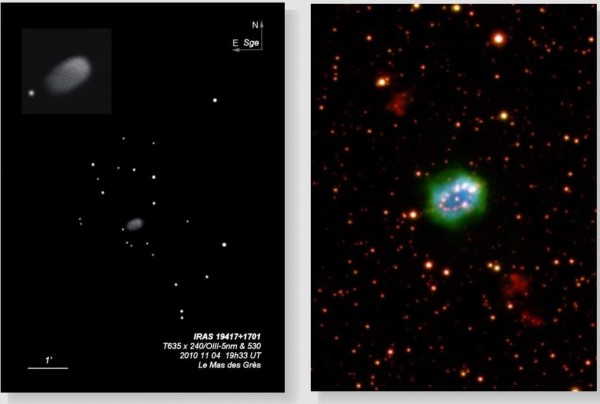
Object : Meteor Shower from 3200 Phaeton(Geminids)
Date : December 13/14 2010
Time : 03:15-04:15 LST / 10:15-11:15 UT
Location : Wickenburg, Arizona USA
Medium : Charcoal pencils, white paper, paintbrush used as stump, Windows Paint for inversion, polishing and removing unwanted artifacts
Detector : Visual observation
Magnitude : Varying from 5 to -2
Weather : Moonless sky, Wispy cirrus clouds that soon dissipated, calm winds,somewhat chilly in the mid 40’s
Comments :
The Geminids for this season didn’t dissapoint ! As you can see, in my opinion, it surpassed the Zenithal Hourly Rate (ZHR) from that of this past August’s Perseids. In this one hour time frame sketch, I jotted down over 80 blazing streaks of the falling particles. Obviously, this didn’t include those that fell behind me or the ones that went unnoticed. It easily matched the confirmed rate of 120 (ZHR) or even more !!
In the sketch, I tried to cover a vast area of sky to show not only the radiant and its host constellation but also where the ‘shooting stars’ will be falling. In most cases they appear to fall a good distance away from the radiant. I chose the area with Canis Major,Orion,Taurus, Auriga, M44, M45 and high above is of course Gemini. While most of the meteors burned brightly white/yellow-or so they appeared, there was one that I caught high over my head with a yellow/green color! This meteor had a ‘double streak’ !!
I could distinctly see two greenish trails with a gap in between as it vaporized across the sky. A rather peculiar sight to witness, perhaps some of you out there have seen them too.
Well, it sure was worthed watching this shower all the way into the dawn hours and leaving me a happy camper. 😉
Wishing you dark and clear skies,
Juanchin

